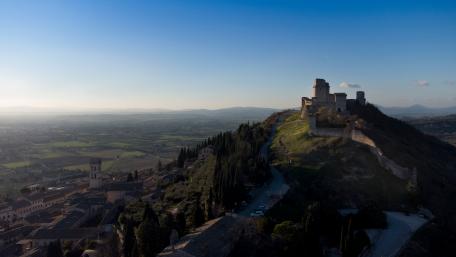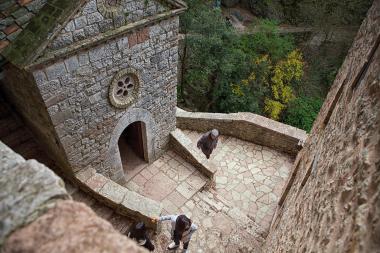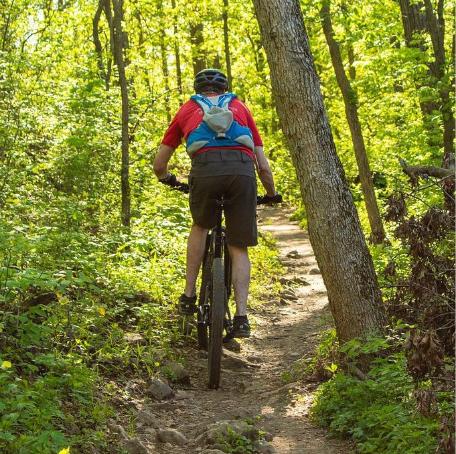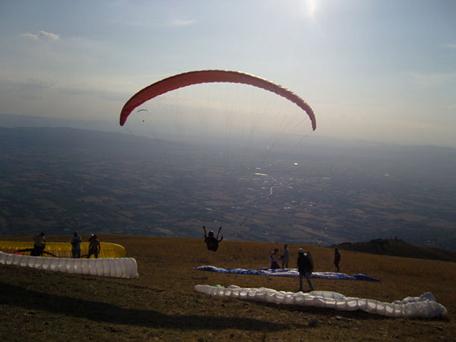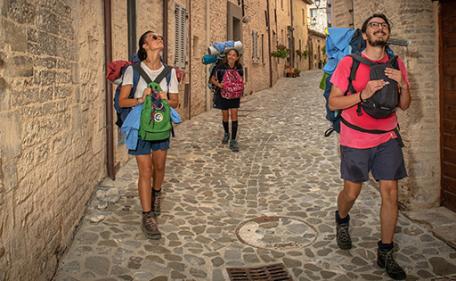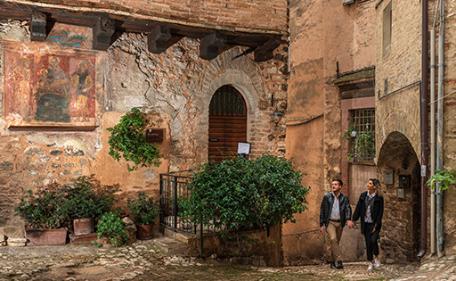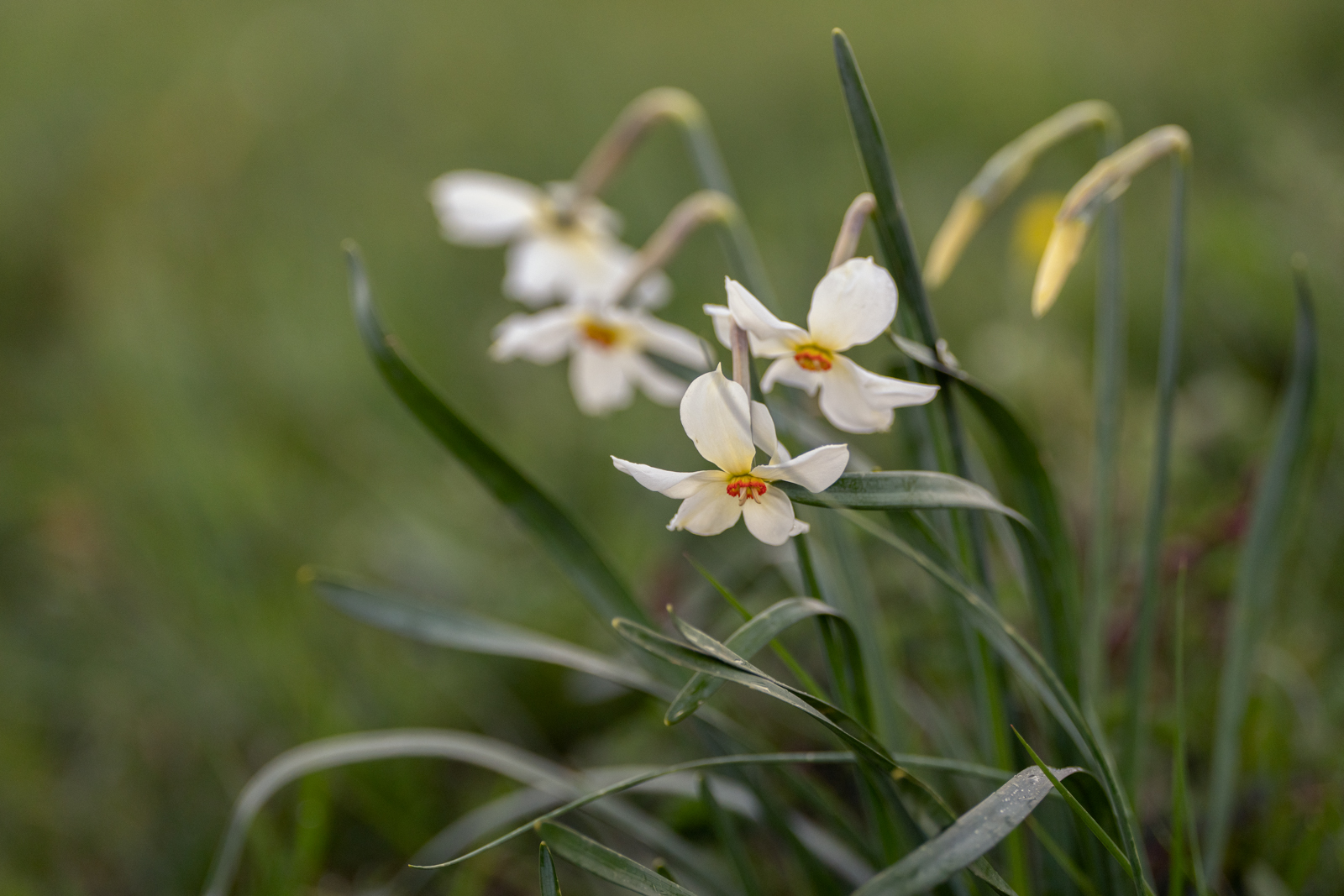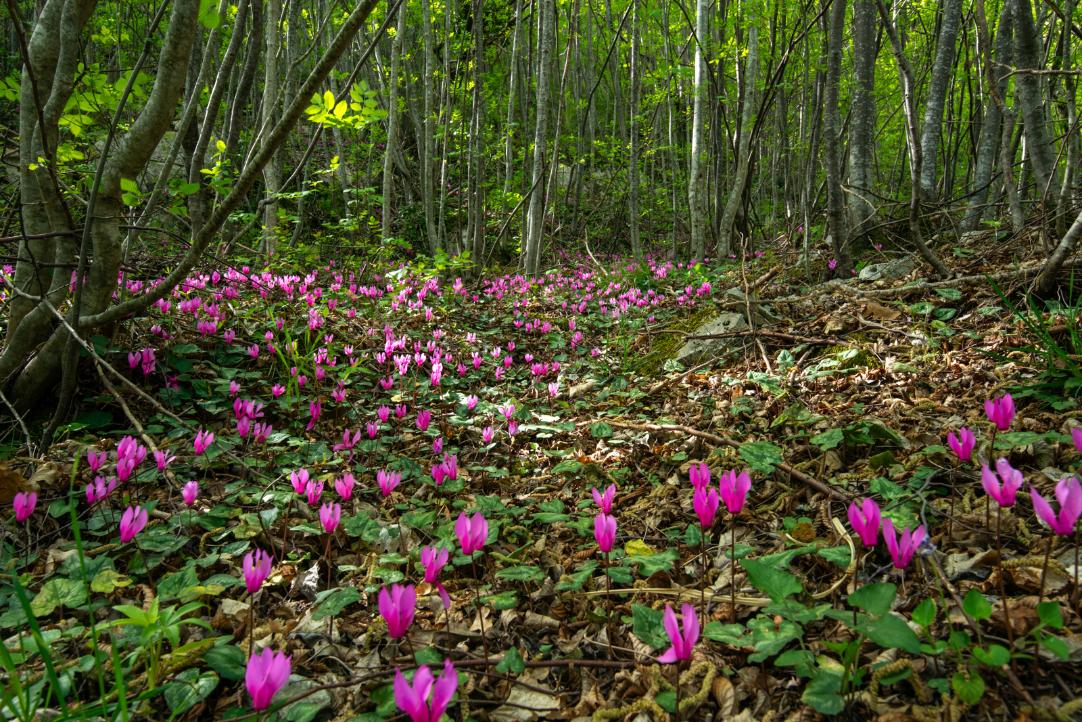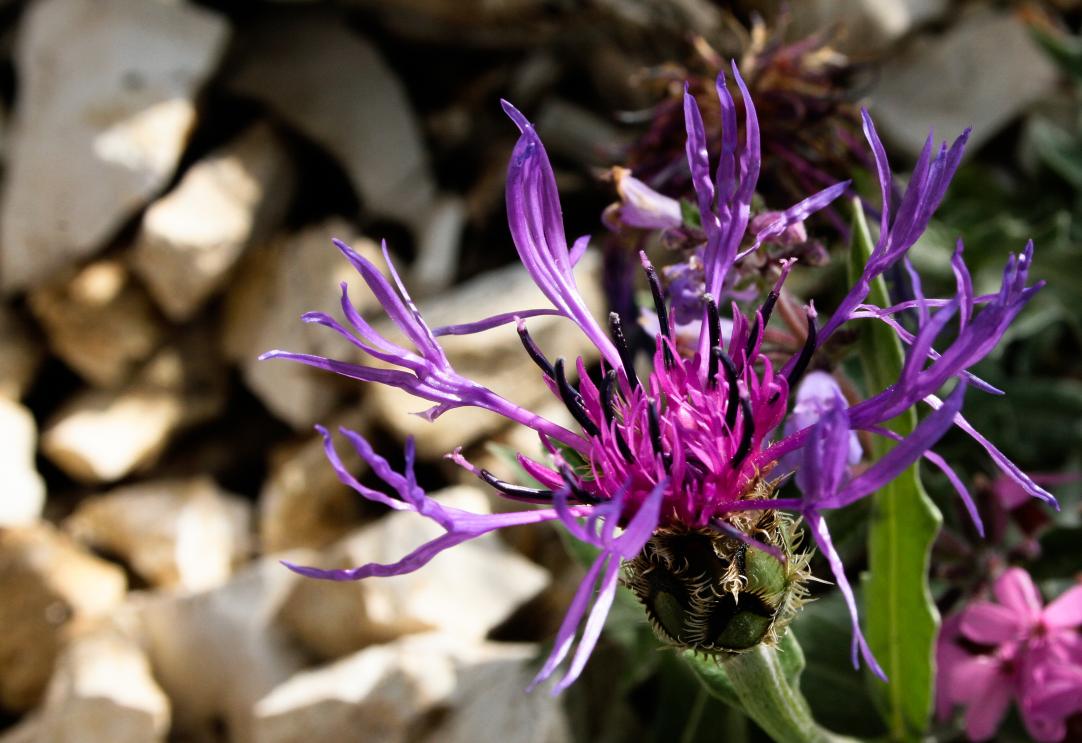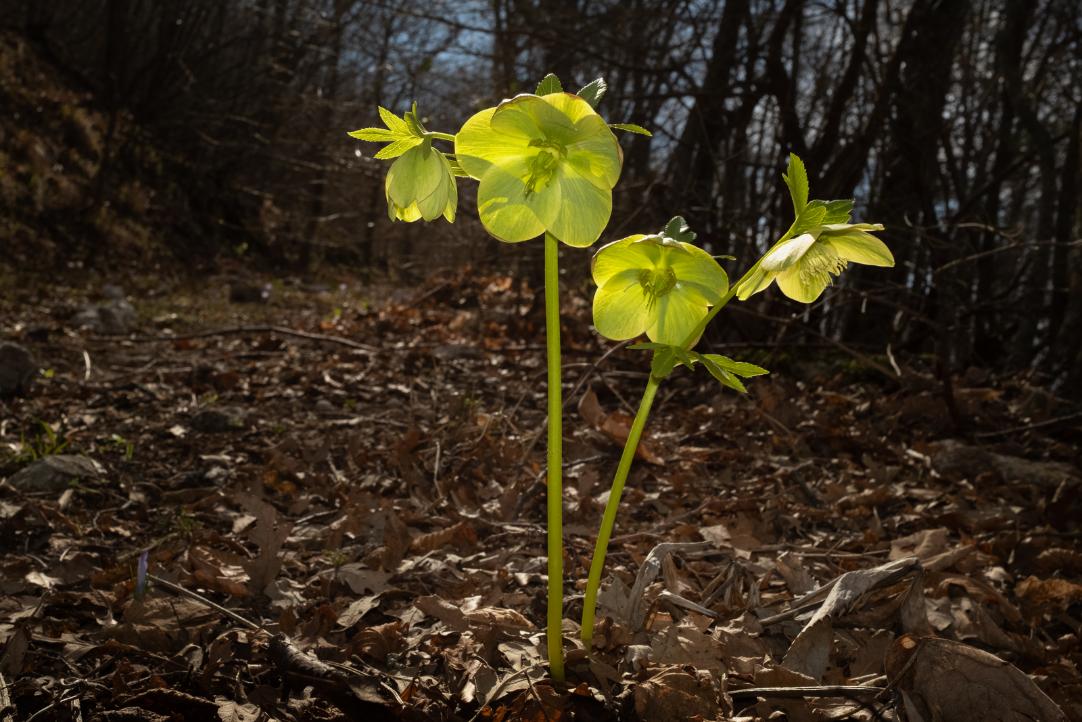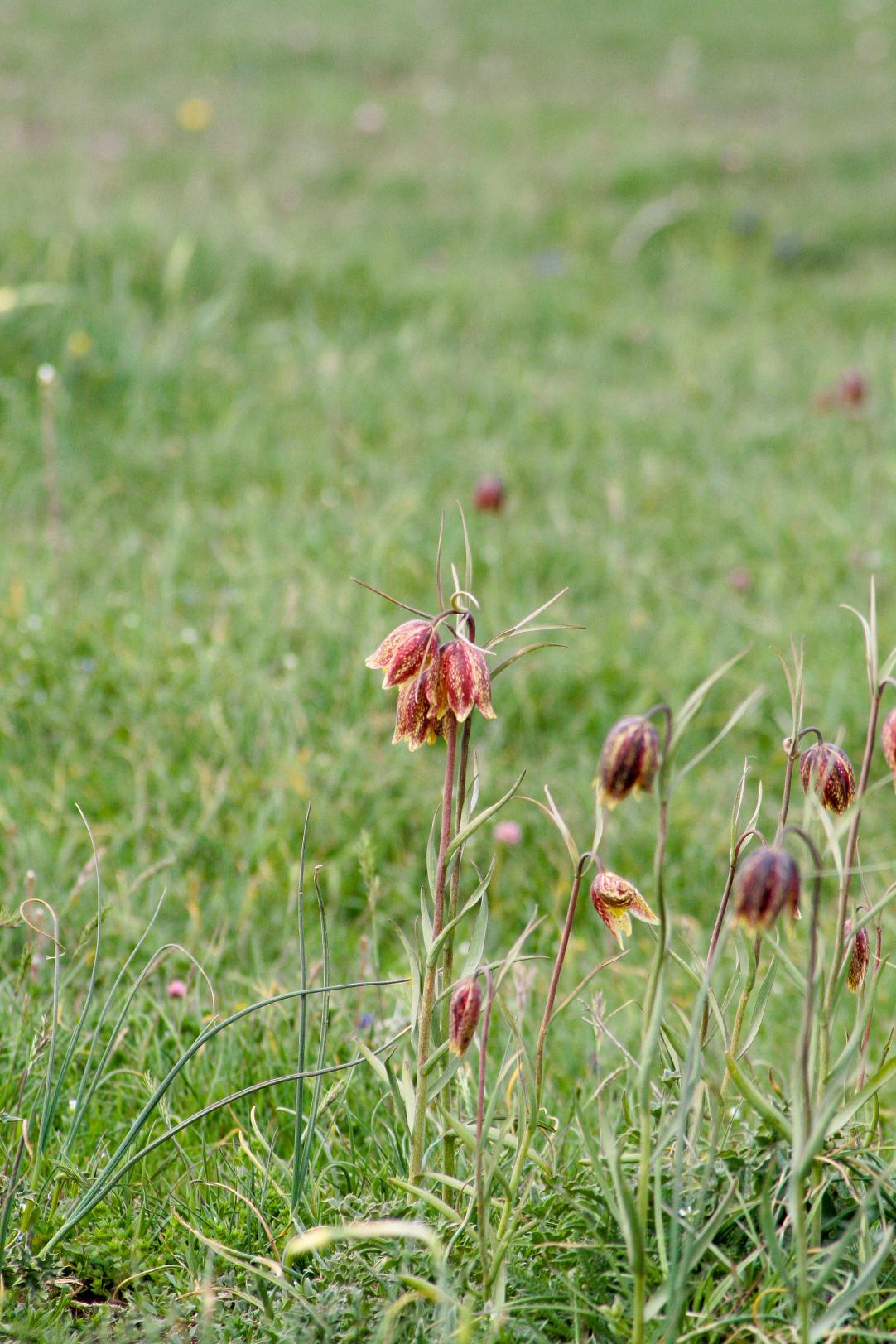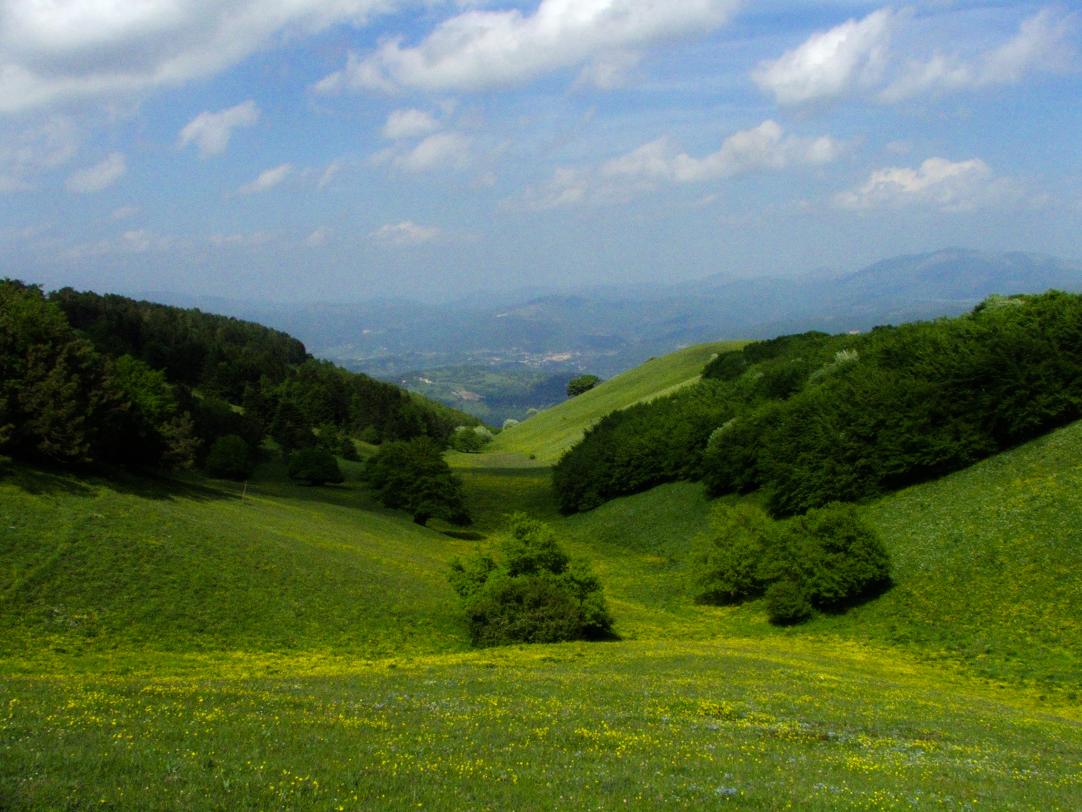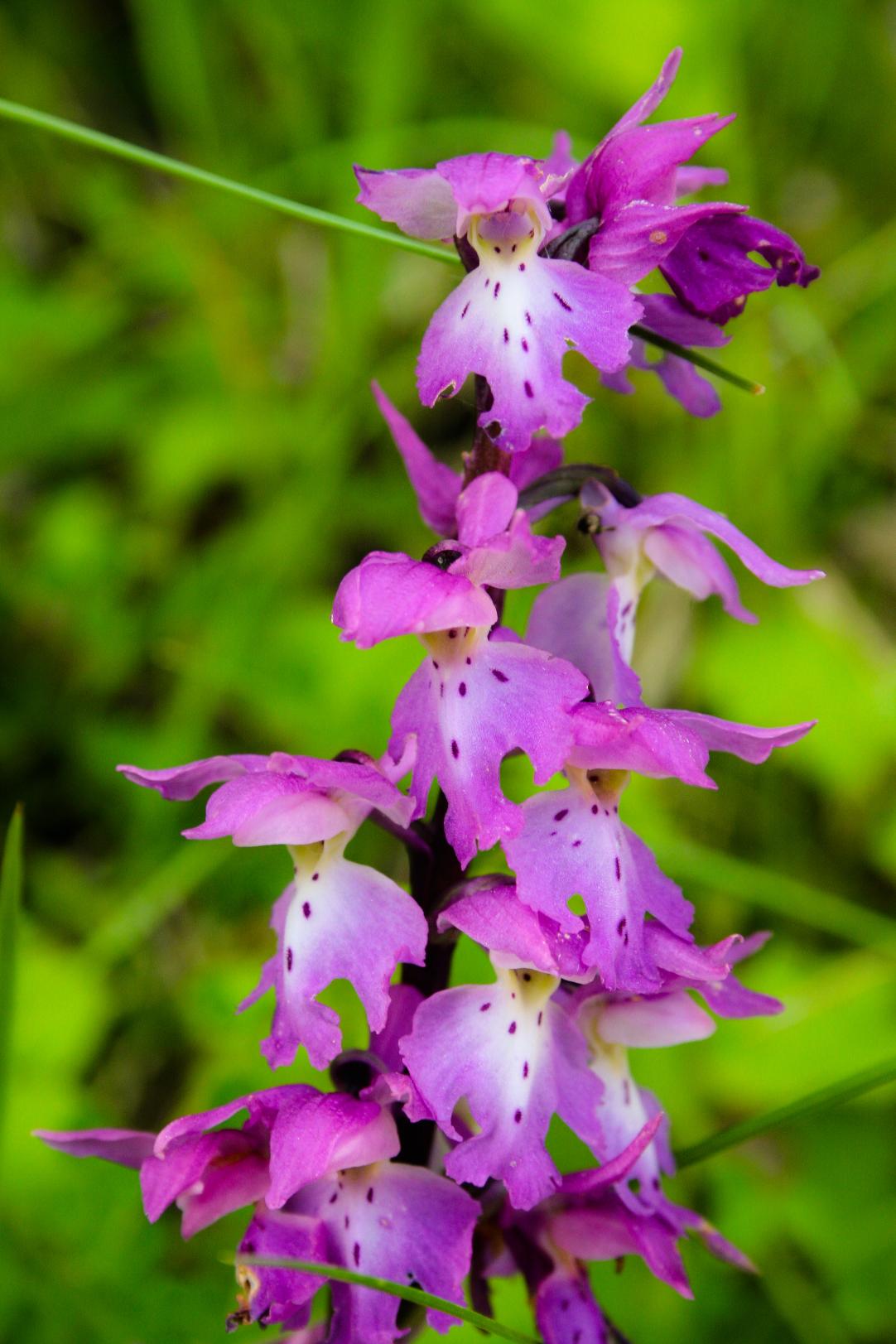The vegetation of Monte Subasio is not homogenous, but varies according to substrate, exposure and altitude. From the slopes up to 550-600 metres, there is a cultivated belt: with olive trees, from Assisi to Spello; with arable crops (cereals, sunflowers, vegetables) or polyphytic grasslands, on the opposite slope, from Costa di Trex to Armenzano and San Giovanni.
A discontinuous strip of woodland extends beyond the olive tree line. The warmer and sunnier western and southern slopes are dominated by thermophilic woods of downy oak (Quercus pubescens) and turkey oak (Quercus cerris), while the shadier north-eastern slopes are dominated by mesophilic woods of turkey oak and hornbeam (Ostrya carpinifolia). We can also find maples, manna ashes, hawthorns, dogwoods, junipers, dogwoods and terebinths.
In the area of Sasso Rosso and Eremo delle Carceri, holm oaks (Quercus ilex) are present, flanked by species typical of the Mediterranean climate such as viburnum, alaternum, arbutus, strawberry tree, and ragweed. The broadleaf woods are interspersed with conifers (pines, firs and cedars) used since 1916 in various reforestations.
Riparian forests of willows, poplars, elms, elder trees and locust trees also grow along the watercourses.
In the summit zone, secondary grasslands, often used for grazing, extend, consisting mainly of brome, purple starthistle, rushes, meadow broom and brachypodium. Centuries-old hawthorn can be found here, flanked by junipers and wild roses. On the northern and eastern slopes, above 1,000 metres, beech (Fagus sylvatica) can be found in small formations known as Macchia di Pale and Macchione. In spring and summer, splendid blooms of daffodils, orchids, cornflowers, buttercups, crocuses and violets can be admired on the summits.
